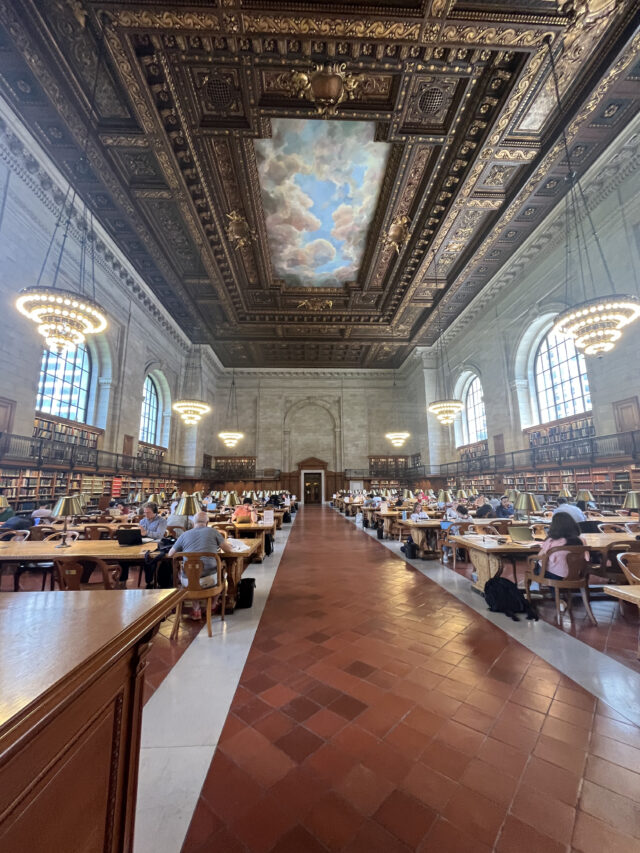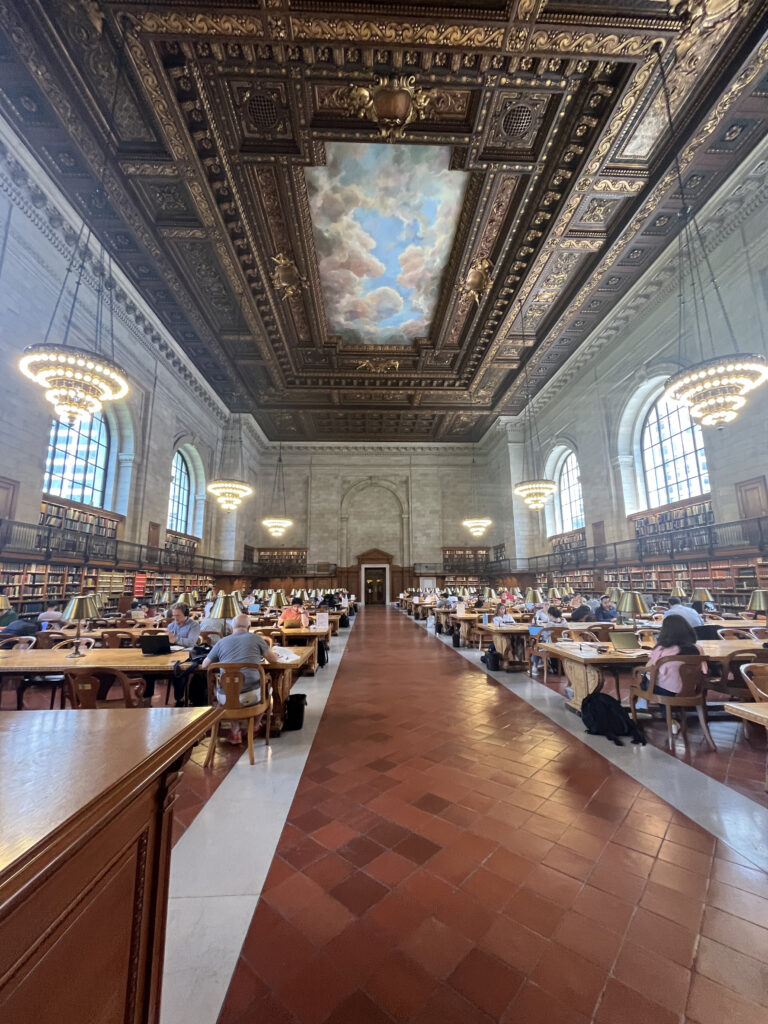For this project, I intend to expand on a paper I wrote last year about women’s role in the HIV/AIDS epidemic in the 1980s, titled “Reclaimed Power: Women’s Role in the AIDS Movement.” My original research investigated women’s contributions to the social movement that resulted from this epidemic and focused on how women applied their knowledge of feminist theory from prior movements to their activism.
This summer, to expand beyond the scope of my original paper, I want to begin by exploring the concept of a “punishable illness.” Much of the literature that circulated amongst popular culture explicitly or implicitly stated that AIDS was a punishment for existing as a gay man. HIV’s association with minority communities, especially the LGBTQ community, characterized the punitive public health response to the epidemic and shaped patients’ lived experiences. Therefore, activists’ work to dismantle this internalized homophobia within the LGBTQ community and amongst healthcare professionals was vital to reduce stigma and ensure HIV/AIDS patients could eventually receive appropriate care.
Alongside this, I want to look at how perceptions of HIV patients and public health outreach programs changed as HIV and AIDS cases among women and children began to rise. Two weeks ago, I visited the New York Public Library and Lesbian Herstory Archives, where I found a lot of material that discussed this issue. Earlier this summer, I originally planned to focus exclusively on how women’s activism in this social movement has affected reproductive health policies since the onset of the epidemic. However, in both archives, I found a lot of information regarding how responses to the epidemic changed as it became clear that HIV does not only infect LGBTQ men. I specifically want to look at how the language and images used in public health publications and media outlets shifted when they discussed the relationship between AIDS and gender, race, and sexuality as this issue came into the public light.
I’ve also been working through my reading list for the summer, and so far I’ve read In Her Hands by Emma Day and AIDS and Sex: An Integrated Biomedical and Biobehavioral Approach by Bruce R. Voeller. Both have been very insightful and shaped my thinking about approaching a medical issue from a social justice perspective. In Her Hands exclusively focused on women’s experiences in this movement from a broader perspective. On the other hand, AIDS and Sex presented research studies conducted by The Kinsey Institute to show how the relationship between biomedical and biobehavioral research must be strengthened to reduce the incidence of HIV and AIDS. Next on my list Punishing Disease: HIV and the Criminalization of Sickness by Trevor Hoppe. I am excited to keep reading and researching now that I have found what topics I want to focus on within this larger issue.


